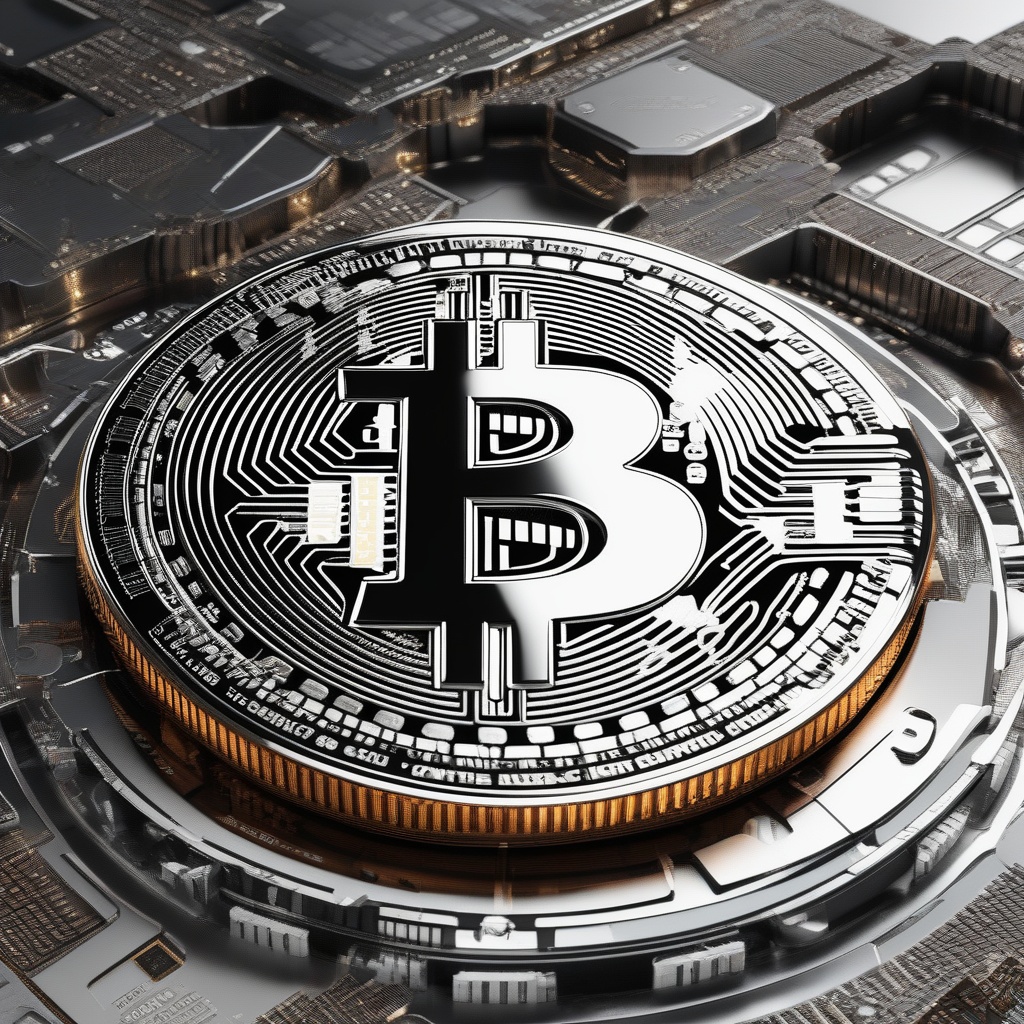Are chainlinks tokenomics a good investment?
Inquiring minds often seek clarity when considering investments in the dynamic world of cryptocurrency. When evaluating the potential of Chainlink's tokenomics, one must delve deeply into its underlying value proposition and market positioning. Are the incentives structured in a manner that fosters sustainable growth? Does the economic model align with the broader goals of the network? Moreover, how does Chainlink's tokenomics compare to similar projects in the industry? Understanding these intricacies is crucial for making an informed decision on whether Chainlink's tokenomics present a compelling investment opportunity.

What is Hedera (HBAR) tokenomics?
Could you elaborate on the tokenomics of Hedera (HBAR)? I'm particularly interested in understanding how the token distribution, vesting schedules, and incentives are structured to promote network adoption and growth. Do the token unlocks, as mentioned in the paragraph, play a significant role in this? Are there any unique mechanisms that Hedera employs to align incentives between its team, investors, and community users? Additionally, how does Hedera's tokenomics compare to other blockchain projects, and what are the potential implications for its token price and market positioning? I'd appreciate a concise yet comprehensive overview of the key aspects of Hedera's tokenomics.

Does Kaspa have good tokenomics?
Could you please elaborate on whether Kaspa exhibits favorable tokenomics? Are its token supply and distribution mechanisms well-designed? Does it have a sustainable economic model that ensures a balanced token circulation? Furthermore, does Kaspa's tokenomics foster a healthy ecosystem growth, rewarding early adopters and incentivizing network participation? Also, are there any potential risks or drawbacks associated with its tokenomics that investors should be aware of? It would be helpful to have a comprehensive assessment of Kaspa's tokenomics, considering both its strengths and weaknesses.

